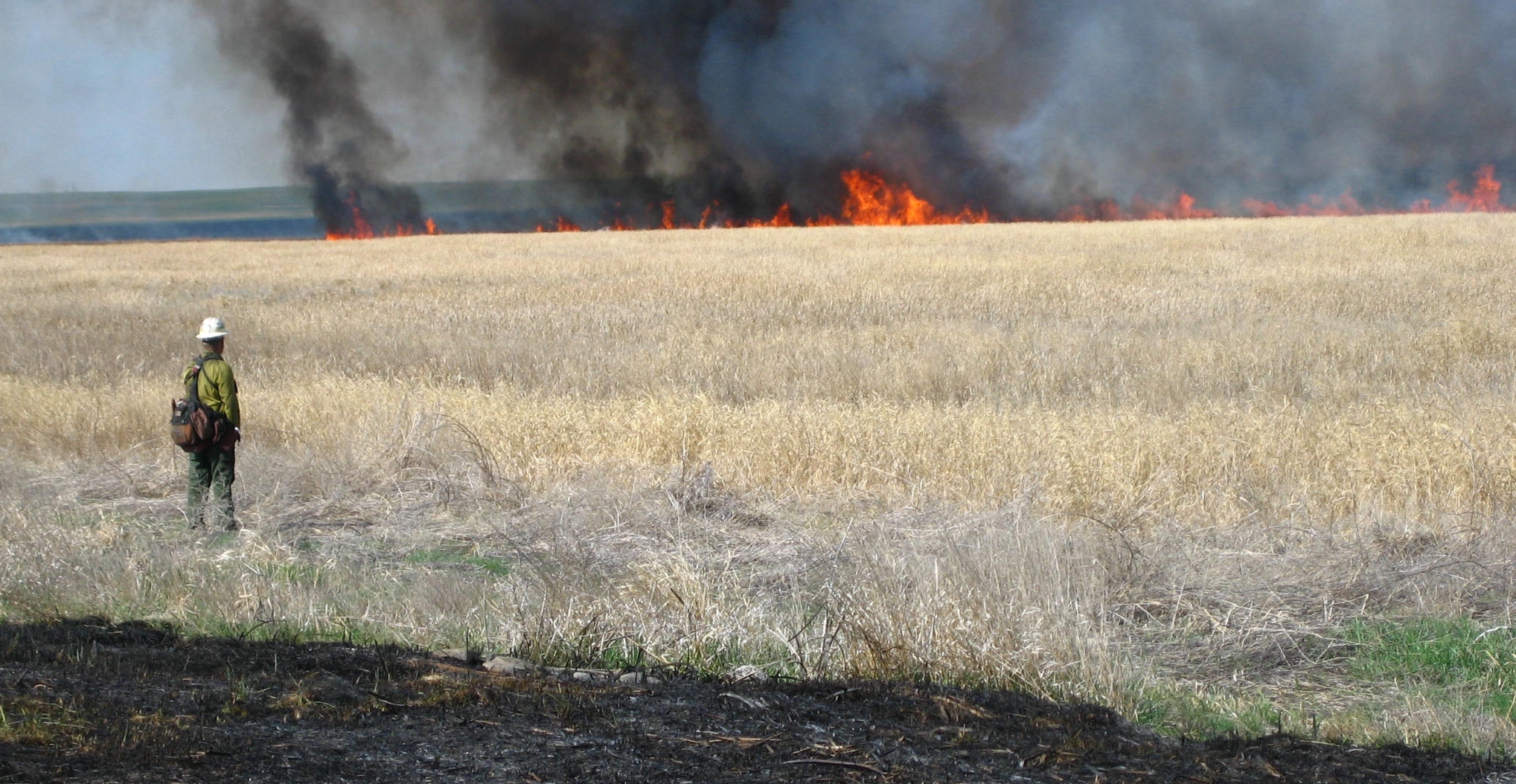Restoring the Climate: War Is Not the Answer
Author: Judith Schwartz
Author and climate activist Bill McKibben has published a manifesto to “declare war” on climate change. While I agree about the urgency, I question the wisdom of invoking warfare. For one, how well have our battles against vast, multifaceted problems worked out? (Think: the war on drugs, the war on terrorism, the war on poverty.) Equally important, the language of combat is exactly wrong for addressing climate disruption. Rather, we need to wage peace with nature: to understand how natural systems regulate climate and to ally with the processes that maintain those functions.
But we’re running out of time.
“Increasingly, people are ready for a peace footing with nature.”
Shifting to renewable energy—the core of McKibben’s mobilization—is essential. But this alone won’t avert climate disaster. Even if we stopped fossil fuel emissions this minute, it would take centuries to bring CO2 down to appropriate levels. Plus, what remains unspoken: We could suck all the CO2 we want out of the atmosphere and still suffer the droughts, floods, heat waves and wildfires we now associate with climate change. We’re blind-sided by carbon, as if breaking our fossil fuel addiction were all that’s needed to restore climate dynamics. Climate is too complex to be reduced to a single variable.
Many ecological processes that influence climate reflect the movement and phase change of water. While carbon dioxide traps heat, water vapor acts as conveyer of heat, retaining and releasing heat as it circulates. Consider transpiration, the upward movement of water through plants. This is a cooling mechanism, transforming solar radiation to latent heat embodied in water vapor. According to Czech botanist Jan Pokorny, each liter of water transpired converts 0.7 kilowatt-hours of solar energy, an amount comparable to the capacity of, say, a large room air conditioner. A single tree can transpire upwards of 100 liters of water in a day. That’s a lot of cooling power—not to mention the shade, the drawdown of carbon, and everything else a tree does for us.

